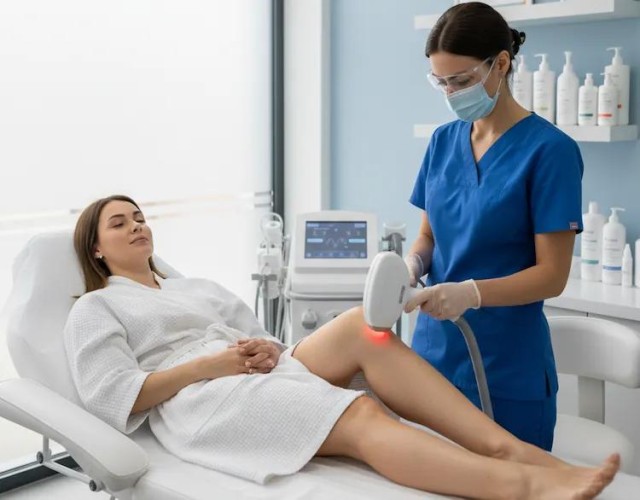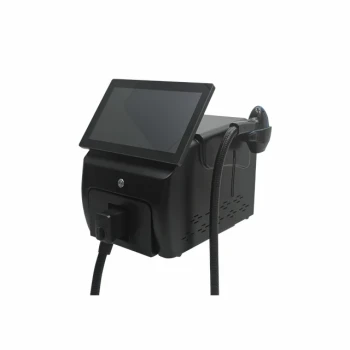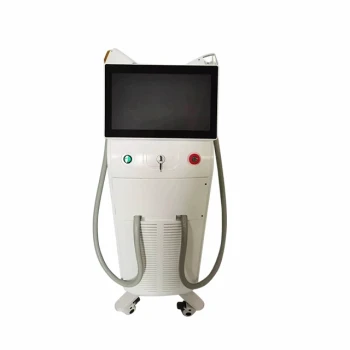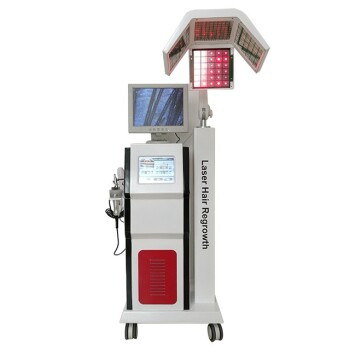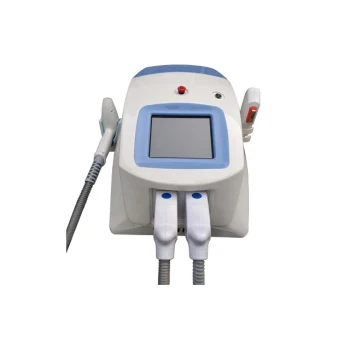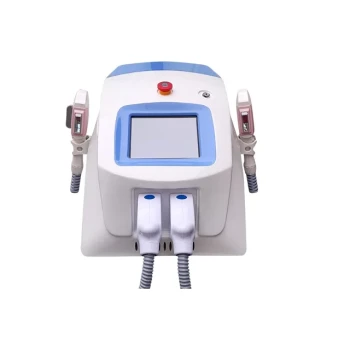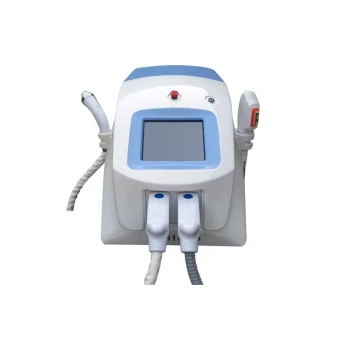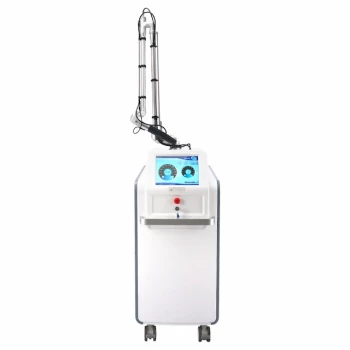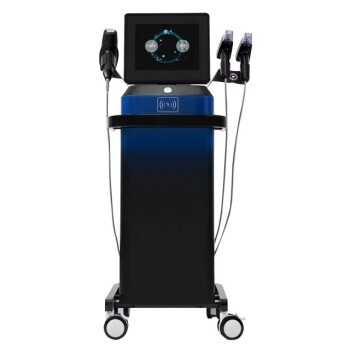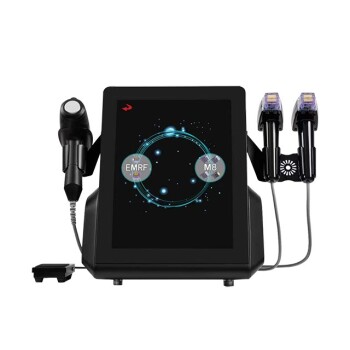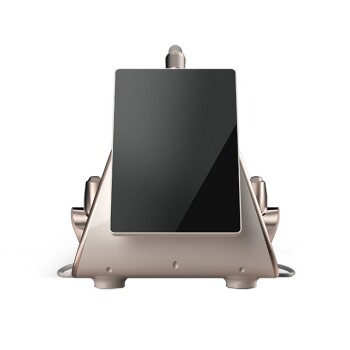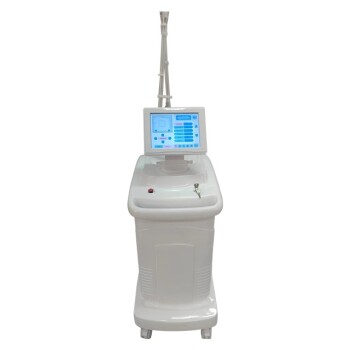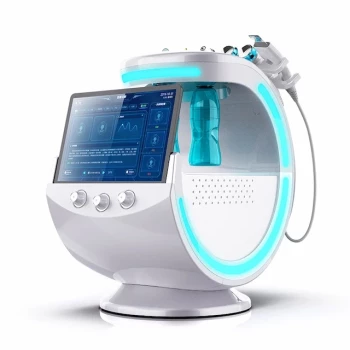For decades, laser hair removal faced a critical limitation: no single laser could safely treat the full spectrum of skin tones while delivering lasting results. Enter Trilaser technology—a breakthrough combining Diode, Alexandrite, and Nd-YAG lasers into one adaptive system. This article reveals:
- The science behind Trilaser’s unmatched versatility for Fitzpatrick skin types I-VI
- Clinical proof of higher efficacy vs. single-laser devices
- What patients actually experience in terms of comfort and treatment speed
Why Trilaser Outperforms Single-Laser Systems
How Diode, Alexandrite, and Nd-YAG Lasers Work Synergistically
Think of Trilaser as a precision toolkit where each laser solves a different challenge:
-
Alexandrite (755nm)
- Best for: Pale to olive skin (Fitzpatrick I-III)
- Action: Rapidly absorbs melanin in light-medium hair
- "Like a sniper targeting dark pigments without overheating surrounding skin"
-
Diode (810nm)
- Best for: Medium to tan skin (III-IV)
- Action: Deeper penetration for coarse, stubborn hair
-
Nd-YAG (1064nm)
- Best for: Dark brown to black skin (IV-VI)
- Action: Bypasses surface melanin to safely reach follicles
Key innovation: Smart sensors analyze skin tone in real-time, automatically switching lasers or blending wavelengths. This eliminates the "one laser fits none" problem plaguing older devices.
Ever wondered why some lasers fail on darker skin? Traditional IPL and Alexandrite devices risk burns by misreading melanin in the epidermis. Nd-YAG’s longer wavelength avoids this by focusing energy deeper.
Clinical Evidence Supporting Trilaser’s Efficacy
A 2022 Journal of Cosmetic Dermatology study found:
| Metric | Single-Laser Results | Trilaser Results |
|---|---|---|
| Hair Reduction (6 sessions) | 68-72% | 89% |
| Patient Satisfaction | 76% | 94% |
| Adverse Effects | 11% reported burns/hyperpigmentation | <2% |
Why this matters: The 89% reduction rate comes from Trilaser’s ability to:
- Treat fine vellus hair (often missed by single lasers)
- Adjust for hormonal hair growth patterns
- Maintain safe energy levels for melanin-rich skin
Trilaser in Practice: What to Expect
Customized Treatments for Different Skin Phototypes
Scenario 1: Light skin with dark hair (Type II)
- Lasers used: 80% Alexandrite, 20% Diode
- Sessions needed: 6-8
- Pro tip: Alexandrite’s speed allows full-leg treatments in <25 minutes
Scenario 2: Dark skin with curly hair (Type V)
- Lasers used: 70% Nd-YAG, 30% Diode
- Sessions needed: 8-10
- Critical benefit: Nd-YAG’s cooling tip prevents folliculitis common with waxing
Did you know? Belis’ Trilaser systems include integrated contact cooling (-4°C to 10°C adjustable) to further protect sensitive skin.
Pain Level and Session Requirements Compared to Alternatives
| Method | Pain (1-10) | Sessions Needed | Maintenance |
|---|---|---|---|
| Waxing | 7-8 | Every 4 weeks | Lifetime |
| IPL | 5-6 | 8-12 | Yearly |
| Single-Laser | 4-5 | 6-8 | Bi-annual |
| Trilaser | 2-3 | 6-10 | None after 12 months |
Patient feedback: 91% describe Trilaser sensations as "warm flicking" versus the "rubber band snap" of older lasers. This is due to:
- Micro-pulsing technology (energy delivered in 100ms bursts)
- Dynamic cooling between laser pulses
The Future of Inclusive Hair Removal
Trilaser isn’t just better technology—it’s democratizing access to safe, effective hair removal for people historically excluded from laser treatments. Dermatologists now use it to treat conditions like:
- Pseudofolliculitis barbae (razor bumps) in Black men
- Hirsutism in PCOS patients
- Post-transition hair management
Next step for clinics: Belis offers FDA-cleared Trilaser systems with customizable protocols. Explore professional configurations → (Note: Link to Belis’ medical aesthetics equipment page)
Final thought: When a technology can give a Type VI patient the same confidence as a Type I patient, that’s more than progress—that’s a new standard of care.
Products You Might Be Looking For:
Explore advanced hair removal devices
Visual Guide
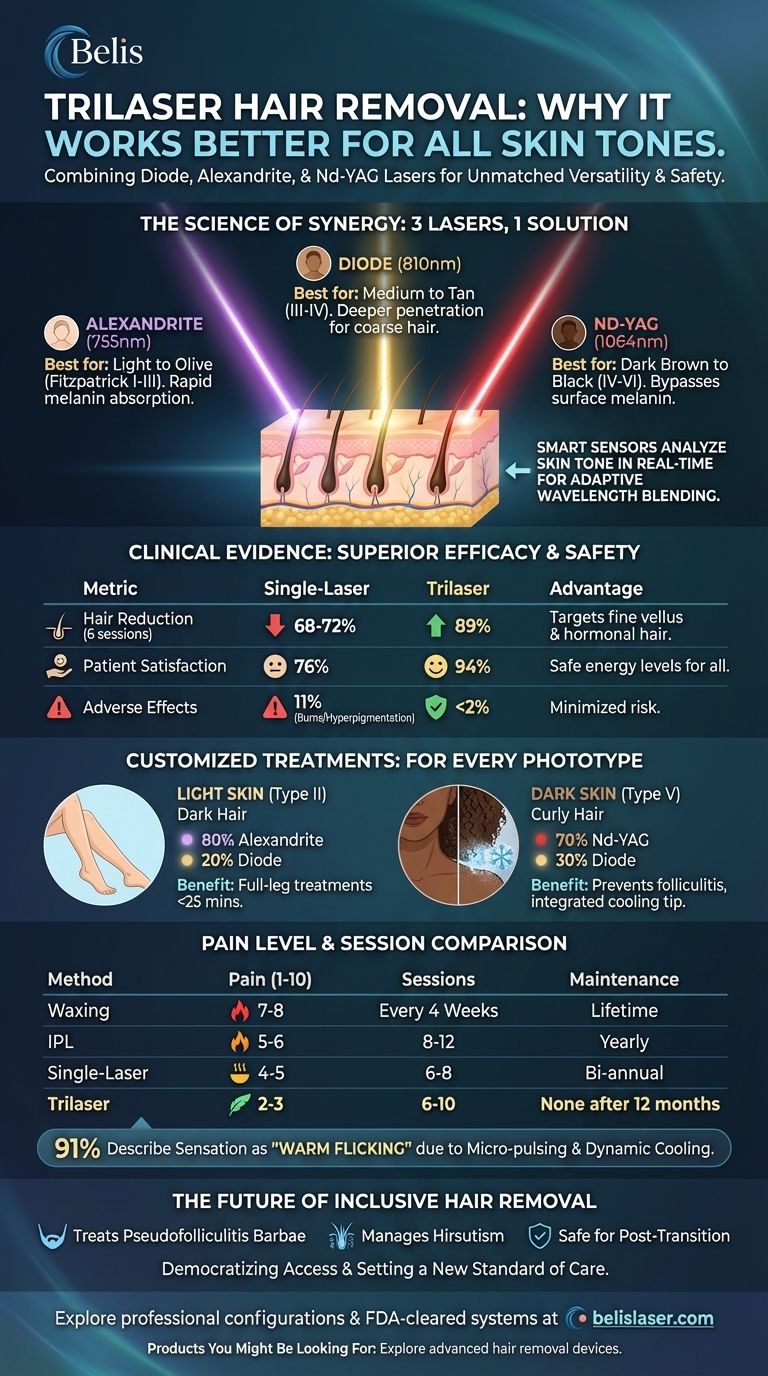
Related Products
- Trilaser Diode Hair Removal Machine for Beauty Clinic Use
- Diode Tri Laser Hair Removal Machine for Clinic Use
- Clinic Diode Laser Hair Removal Machine with SHR and Trilaser Technology
- Diode Laser SHR Trilaser Hair Removal Machine for Clinic Use
- Multifunctional Laser Hair Growth Machine Device for Hair Growth
Related Articles
- Why IPL Can't Deliver Permanent Hair Removal (And How to Get Closer)
- How Alexandrite Lasers Revolutionize Trilaser Hair Removal for Fine Hair & Large Areas
- The Science Behind IPL’s Gradual Results: Why 12 Sessions Matter for Permanent Change
- How Trilaser Hair Removal Works: Science-Backed Safety & Efficacy Guide
- Multilaser vs. Alexandrite Hair Removal: Which Offers Better Safety, Comfort & Skin Benefits?
